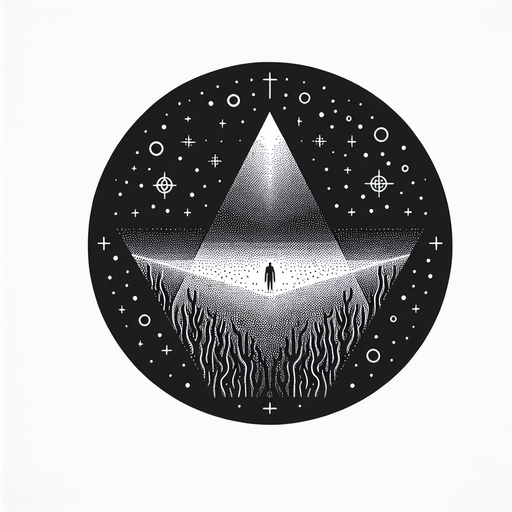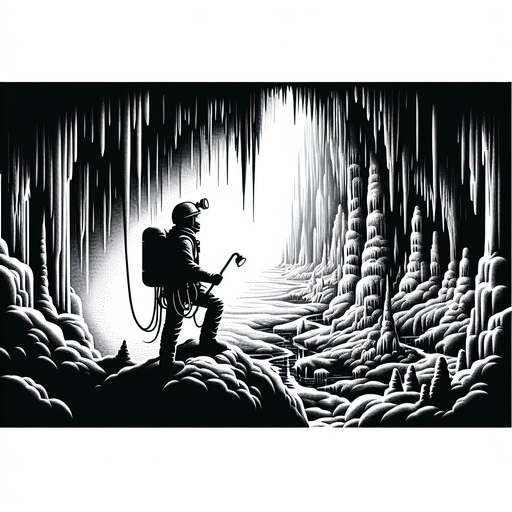Abyssus Theory
Discovering How Deep The Sea Goes
We need to make decisions on where to allocate our resources every day, and this has been true for the entire Human history. Sometimes, we make decisions with limited information or with wrong information, and that was what happened with deep sea exploration in the early part of the 19th century, which was assumed not worth it because of the lack of life.
At that time, the scientific community widely accepted the Abyssus Theory. This theory proposed that life could not survive in the ocean at depths of about 550 meters (1800 feet). The belief was based on early oceanographic expeditions and dredging experiments in the Mediterranean Sea, initially suggesting a lack of life in deeper waters. The thesis was that the conditions were too harsh to support life beyond a certain depth, known as the 'azoic zone' (meaning lifeless zone).
However, in 1950, a Norwegian named Michael Sars disproved that hypothesis when he documented a diverse deep-water fauna at a depth of 800 meters outside the Lofoten Islands. This discovery led the British to commission the HMS Challenger expedition from 1872 to 1876, which was the first major voyage dedicated exclusively to marine science. Led by scientist Charles Wyville Thomson, the Challenger expedition covered nearly 70,000 nautical miles, surveying the world’s oceans and collecting data from various depths, including regions far deeper than 550 meters.
The scientists on the Challenger expedition discovered a wide variety of life forms in the deep sea. They collected thousands of specimens and documented their findings. Their discoveries showed that life not only existed at these great depths but was also diverse and adapted to extreme environments. Today, we know that our oceans contain even more species than our land, and we are still discovering new species as we explore the deep oceans. This all began with humans challenging common wisdom.Go deeper: History of Deep Sea Exploration - Marine Geosciences
Craving more? Check out the source behind this Brain Snack!


